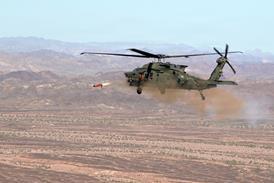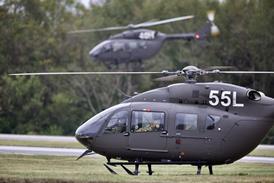FlightGlobal is the global aviation community’s primary source of news, data, insight, knowledge and expertise. We provide news, data, analytics and advisory services to connect the aviation community globally and help organisations shape their business strategies, identify new opportunities and make better decisions faster.
JAL to help Maeve shape rear-engined 90-seat open-rotor aircraft proposal

Japan Airlines is to collaborate with Dutch-based Maeve Aerospace on its proposed Maeve Jet, a rear-engined, hybrid-electric open-rotor regional aircraft aimed at the 80- to 90-seat sector.
Keep reading this article by becoming a FlightGlobal member now
PLEASE REGISTER FOR FREE OR SIGN IN TO CONTINUE READING

You have reached your limit of free articles for this period. Register for a FREE account to read this article and benefit from:
- Increased access to online news and in-depth articles from:
- FlightGlobal Premium covering the global aviation industry
- Airline Business providing insight for business leaders
- Weekly newsletters on topics across the industry




















